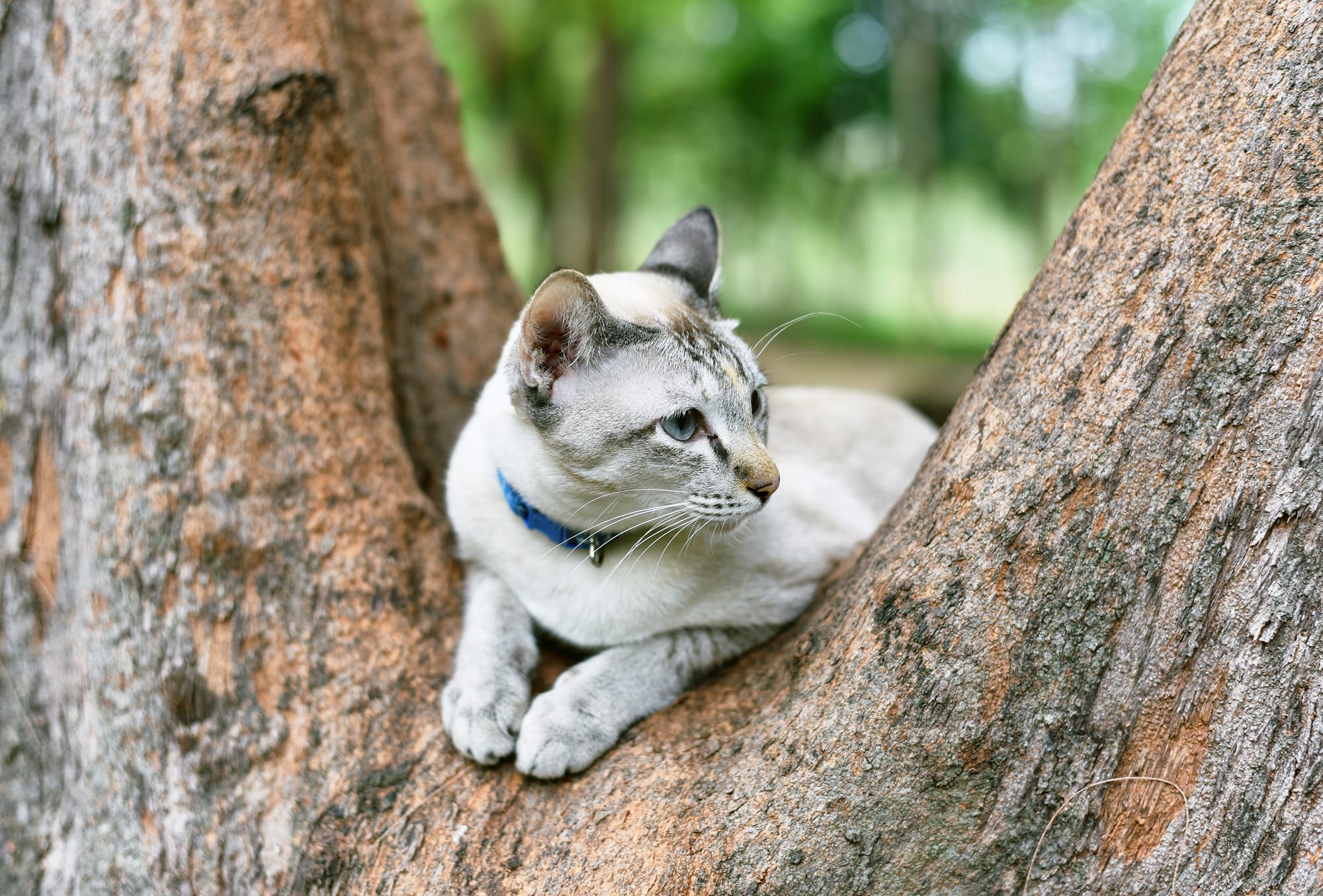Top 5 Reasons Why Cats Love Climbing Trees

Top 5 Reasons Why Cats Love Climbing Trees
Cats are known for their agile and graceful movements. Often seen leaping effortlessly from one surface to another, their love for heights is clear. One of the favorite haunts for any feline friend is undoubtedly the lofty branches of a tree. This behavior, so common yet curious, stems from various instinctual and beneficial reasons. Let's explore the top five reasons why cats are so often found climbing trees.
1. Safety and Survival Instinct
The foremost reason cats climb trees is rooted in their survival instinct. In the wild, smaller cats are not just predators but also prey. Climbing trees provides a safe refuge from larger predators such as dogs, coyotes, or other larger carnivores. High up in a tree, a cat feels secure and can survey the surrounding area for potential threats or prey. Domestic cats retain this instinct, and even in the safety of suburban or urban environments, the high vantage point a tree offers can make them feel secured and comfortable.
2. Hunting Advantages
Climbing trees also gives cats an excellent vantage point for hunting. From high above, cats can easily spot birds, squirrels, and other small animals. Being up in a tree mimics their natural position as an ambush predator, allowing them to stealthily watch for moving prey and then pounce down from above if the opportunity arises. This elevated position also provides cats the advantage of gravity when leaping towards their target, making their attack quicker and more powerful.
3. Territory and Marking
In addition to offering a lookout post, trees serve as an important part of a cat’s territorial marking strategy. Cats have scent glands in their paws, and scratching at the bark helps deposit their scent, marking the tree as part of their territory. This scent marking is a communication tool that cats use to inform other cats of their presence and establish boundaries, which can prevent conflicts and promote social stability among the local feline population.
4. Exercise and Play
Climbing is not only a practical skill for cats but also an excellent form of exercise. The physical exertion involved in scaling a tree strengthens their muscles, improves their coordination, and hones their agility. Trees also provide numerous opportunities for play; leaping from branch to branch and balancing on narrow limbs stimulates a cat's mental and physical abilities and satisfies their innate play instincts, which are crucial for their overall well-being and development.
Expert Tip: It’s beneficial to provide cat trees in homes without access to real trees, as this meets their climbing instincts and keeps them engaged and healthy.
5. Stress Relief and Pleasure
- Just like humans, cats also experience stress and anxiety. Climbing can be a soothing activity for cats, distracting them from whatever is causing them anxiety. The act of climbing, focusing on balance, and the safety of being high above ground help to release tension.
- Moreover, being up in the branches can be quite pleasurable for a cat. Just as humans enjoy scenic viewpoints or the tranquility of nature, cats appreciate a good view and the calmness it brings. Many cat owners report that their pets seem visibly content and relaxed while perched in a high spot.
- Cats often choose to take their naps in trees, finding the isolation and the gentle sway of branches to be the perfect environment for a peaceful slumber.
Conclusion
In summary, cats climb trees for many reasons that benefit their physical, emotional, and instinctual needs. From the primal instincts of survival and hunting to the more nuanced benefits of exercise and stress relief, trees provide cats with a venue to satisfy their natural behaviors. Understanding these motivations can help cat owners appreciate the importance of encouraging these instincts in their pets, whether through access to safe outdoor environments or by providing indoor climbing structures that mimic the benefits of tree climbing.
Through these reflections on feline behavior, it becomes clear that the arboreal habits of our feline companions are not just whimsical—they are rooted deeply in their nature and needs. So next time you spot a cat in a tree, remember these five reasons and appreciate just how complex and fascinating these creatures are.


